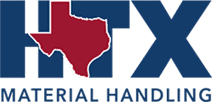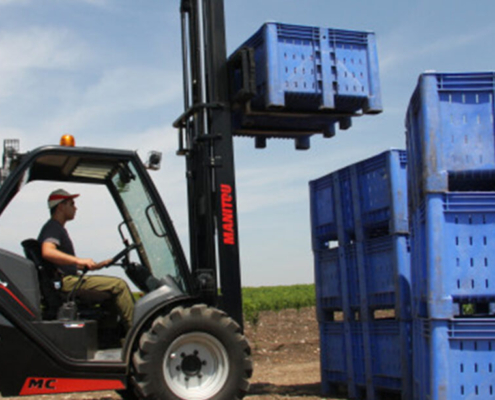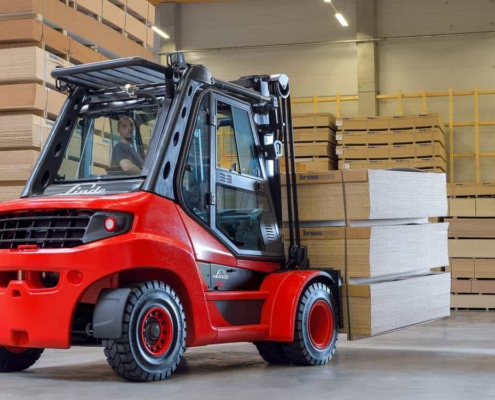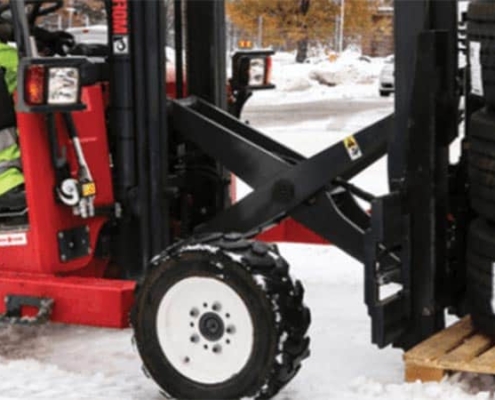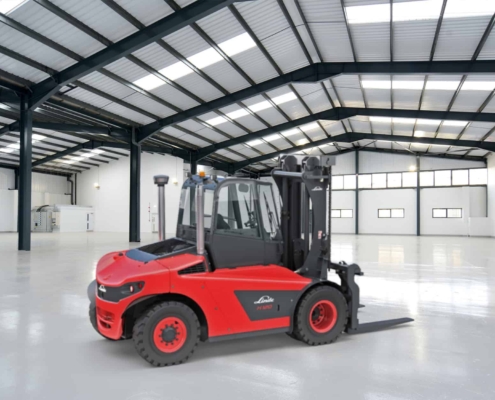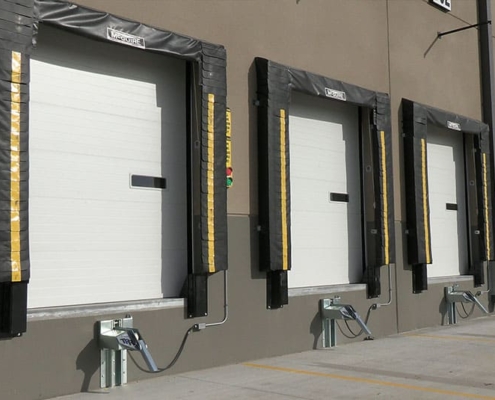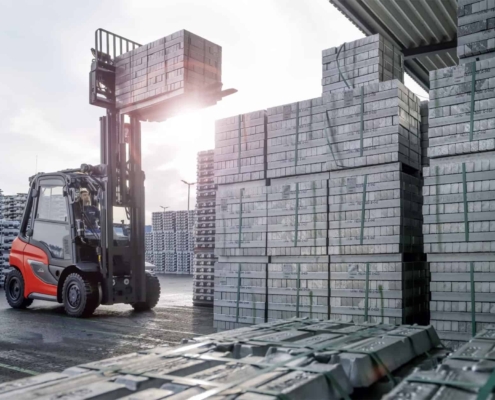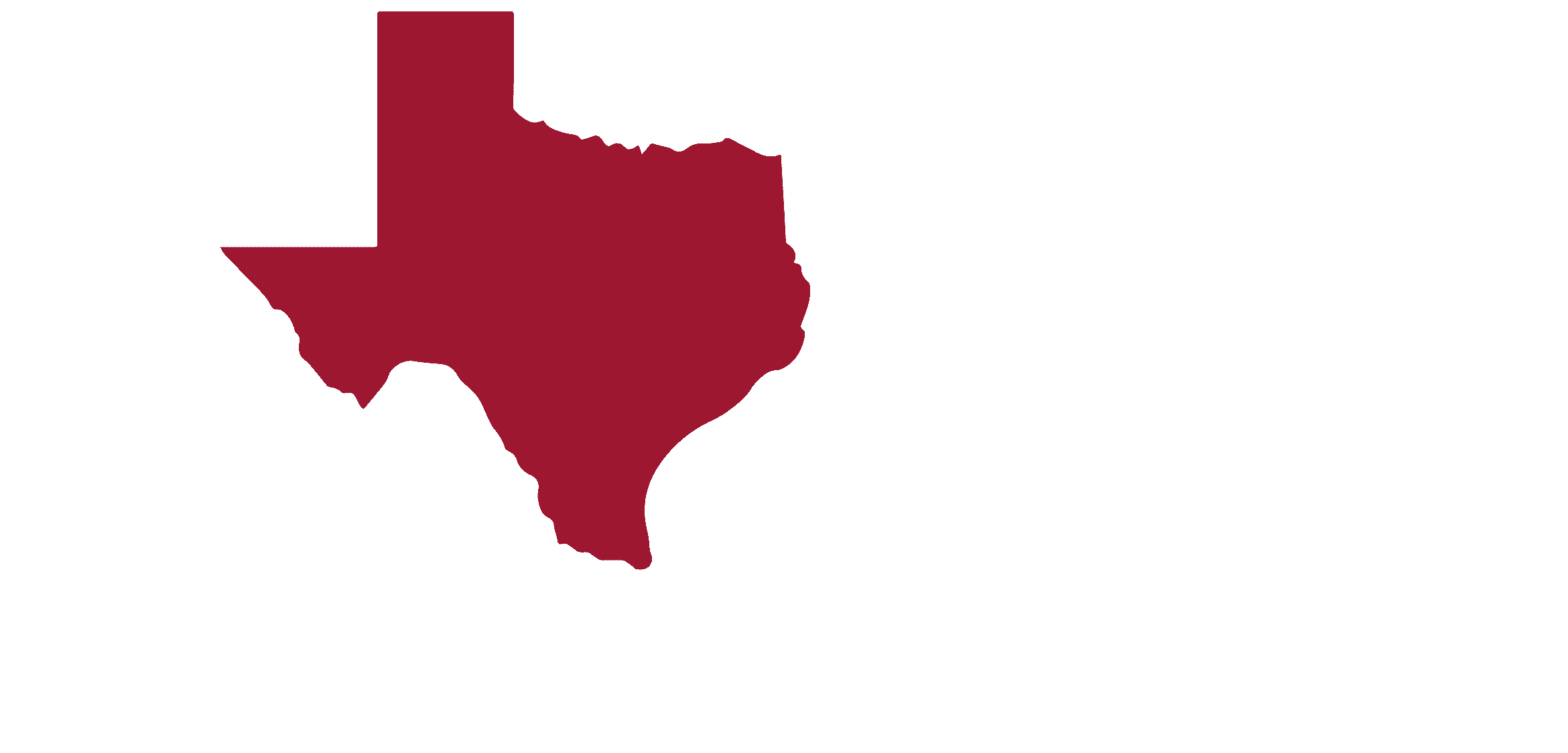What Is a Rough Terrain Forklift?
A rough terrain forklift is a heavy-duty machine that operates on challenging surfaces such as dirt, gravel, mud, or uneven outdoor terrain. Unlike standard warehouse forklifts, which are built for smooth, indoor environments, rough terrain models are engineered with larger tires, higher ground clearance, and more robust engines to tackle outdoor job sites. It’s the go-to solution for demanding outdoor conditions where stability and traction are non-negotiable.
Popular Sectors for Rough Terrain Forklifts
Rough terrain forklifts serve a critical role in industries where standard models would fall short. Here are a few sectors where rough terrain capabilities are a necessity:
- Construction: Rough terrain forklifts transport heavy materials across gravel, slopes, and muddy job sites.
- Agriculture: From hauling feed to moving hay bales in muddy fields, these forklifts are built for farming environments.
- Lumber and Forestry: Their durability makes them ideal for carrying logs or timber through uneven, debris-covered terrain.
- Energy (Oil & Gas): Remote energy sites rely on them to move tools and parts across unstable, unpaved grounds.
- Landscaping: Perfect for lifting materials like stone, soil, or plants on grass, dirt, or rocky surfaces.
- Outdoor Events and Logistics: Used to move staging, fencing, or equipment over turf, gravel, and grass fields.
Each of these industries benefits from the added stability, traction, and load capacity that rough terrain forklifts deliver, where standard forklifts simply can’t perform.
Comparing Rough Terrain and Standard Forklifts
While both rough terrain and standard forklifts are designed to lift and transport loads, the environments they’re meant to perform in—and how they handle them—differ significantly. Understanding these differences helps buyers avoid costly mismatches and downtime. HTX Material Handling offers both types and can help guide you to the right choice. Here’s a breakdown of how these forklifts compare across key categories:
Tire Type
Tire construction is one of the most noticeable differences. Standard forklifts usually use tires made of solid rubber, which are ideal for smooth indoor surfaces like polished concrete and other improved outdoor surfaces. Rough terrain forklifts, however, feature large pneumatic tires filled with air or foam. These tires offer deep treads and shock absorption, giving operators the traction and stability needed to move safely across gravel, mud, or uneven outdoor terrain where cushion tires would quickly fail.
Engine Power
A rough terrain forklift typically comes with high-torque diesel or propane engine, offering the brute power needed for steep grades and heavy loads in off-road conditions. Standard forklifts may run on battery, propane, or smaller gas engines, which are ideal for indoor applications but lack the horsepower for demanding environments. The increased engine power in rough terrain forklifts allows for better hauling, especially across large outdoor job sites with minimal infrastructure.
Terrain Capability
When it comes to terrain handling, the difference is night and day. Rough terrain forklifts are purpose-built to tackle outdoor settings with uneven, soft, or unstable ground. They excel in environments where gravel, grass, mud, or loose soil are the norm. On the other hand, standard forklifts are intended for flat or improved surfaces and may become unstable or even immobilized if used outdoors on non-uniform surfaces, especially in wet or sloped areas.
Load Capacity and Lift Height
Both types of forklifts can be configured to handle various load weights and lift heights, but rough terrain models are often rated for heavier loads due to their structural build and stronger engines. These machines are designed to lift bulky materials, like pallets of brick, sod or pipe, as an example, while maintaining stability on sloped or uneven surfaces. Standard forklifts are more commonly used for more uniform materials handling and have shorter lift heights for aisle-accessible shelves.
Maneuverability
Standard forklifts are designed with agility in mind. Their compact frames, smaller turning radius, and lighter weight make them perfect for navigating tight warehouse aisles, narrow corridors, or loading docks. Rough terrain forklifts, in comparison, are bulkier and require more space to maneuver. While they can easily handle open outdoor lots, they may be too large or cumbersome for facilities with limited indoor clearance or crowded operational zones.
Price and Maintenance
Rough terrain forklifts typically come with a higher price tag due to their heavy-duty components, high-powered engines, and durable design. Maintenance can also be more frequent, especially in harsh outdoor environments that accelerate wear. Standard forklifts, by contrast, tend to cost less upfront and are easier to service, especially electric models with fewer moving parts. However, using the wrong type in the wrong setting can lead to more costly repairs down the line.
Indoor vs. Outdoor Usage
This category is where the decision becomes clearest. Rough terrain forklifts are built for outdoor use—on construction sites, farms, or anywhere paved surfaces are minimal. They’re durable, weather-resistant, and designed for unstable ground. Standard forklifts shine indoors, where maneuverability, cleanliness, and emission control are more important. Trying to use one where the other excels often results in performance issues, safety concerns, and operational inefficiencies.
